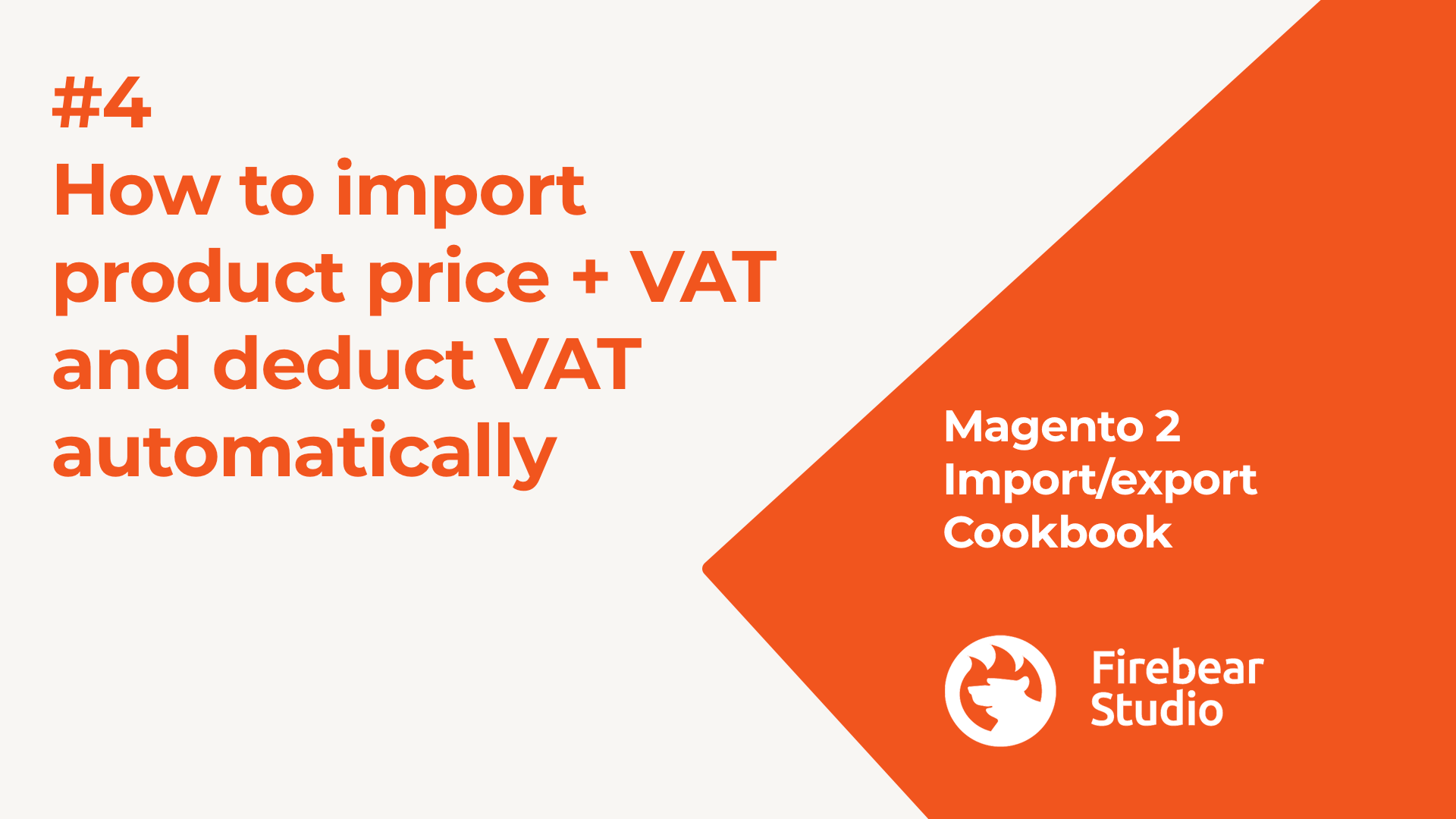Exploring Shopware: Domains in Shopware 6 Settings

In the following material, we explore a topic specific to the Shopware 6 Cloud environment. Today, you will learn about Shopware domains. When you visit the System section of your Shopware 6 Settings, you may come across the Domains screen situated there. While users of self-hosted shops never see this page, cloud merchants can apply several useful configurations there. Below, we shed light on what Shopware 6 Domains are. You will find out how to add a domain in Shopware 6, what to do with sub-domains, and how to manage a second-level domain within the system. Besides, there is a chapter that explains how to verify a domain in Shopware 6. And you will learn how to remove domains in Shopware 6 if they are no longer necessary.
